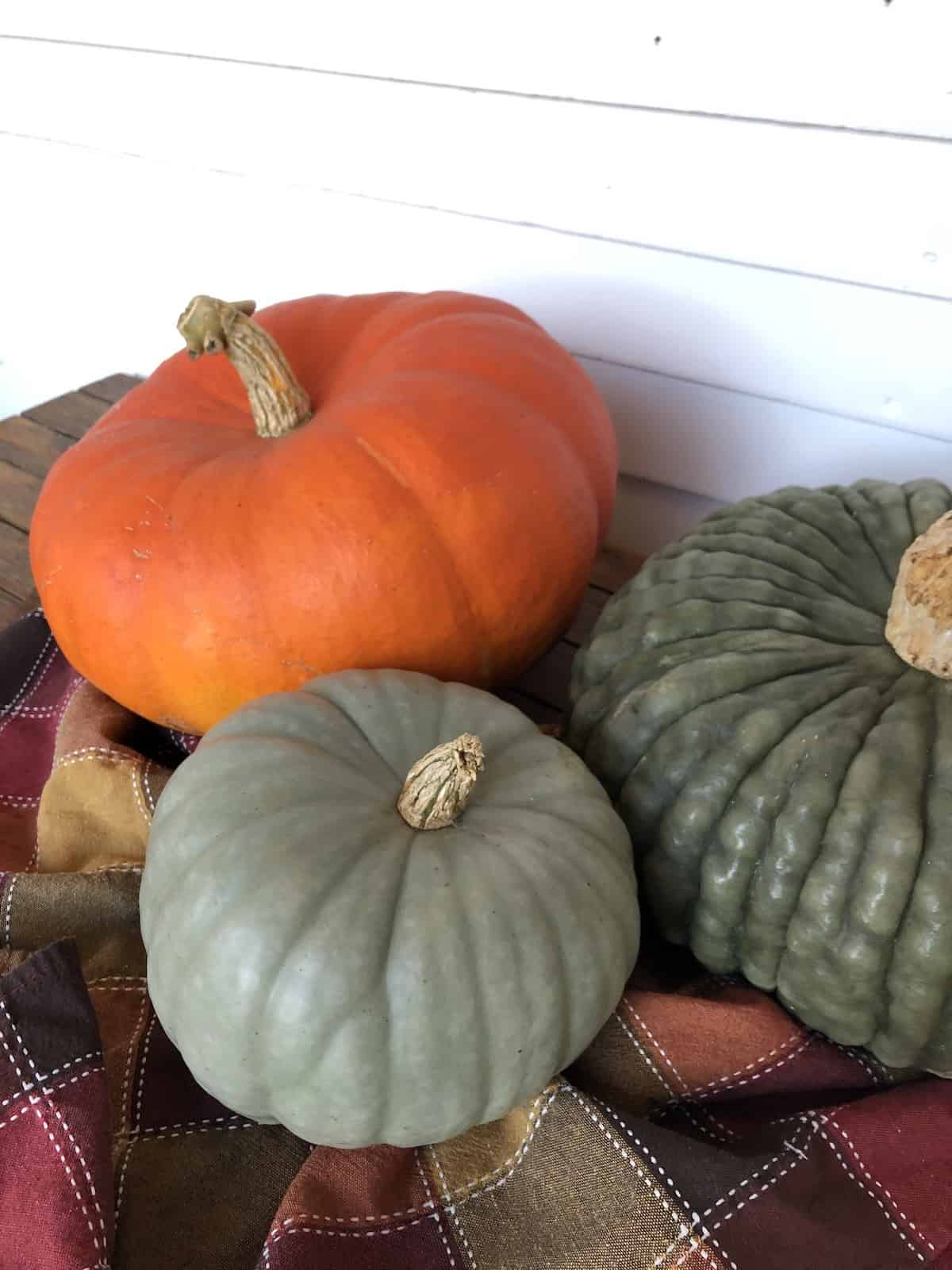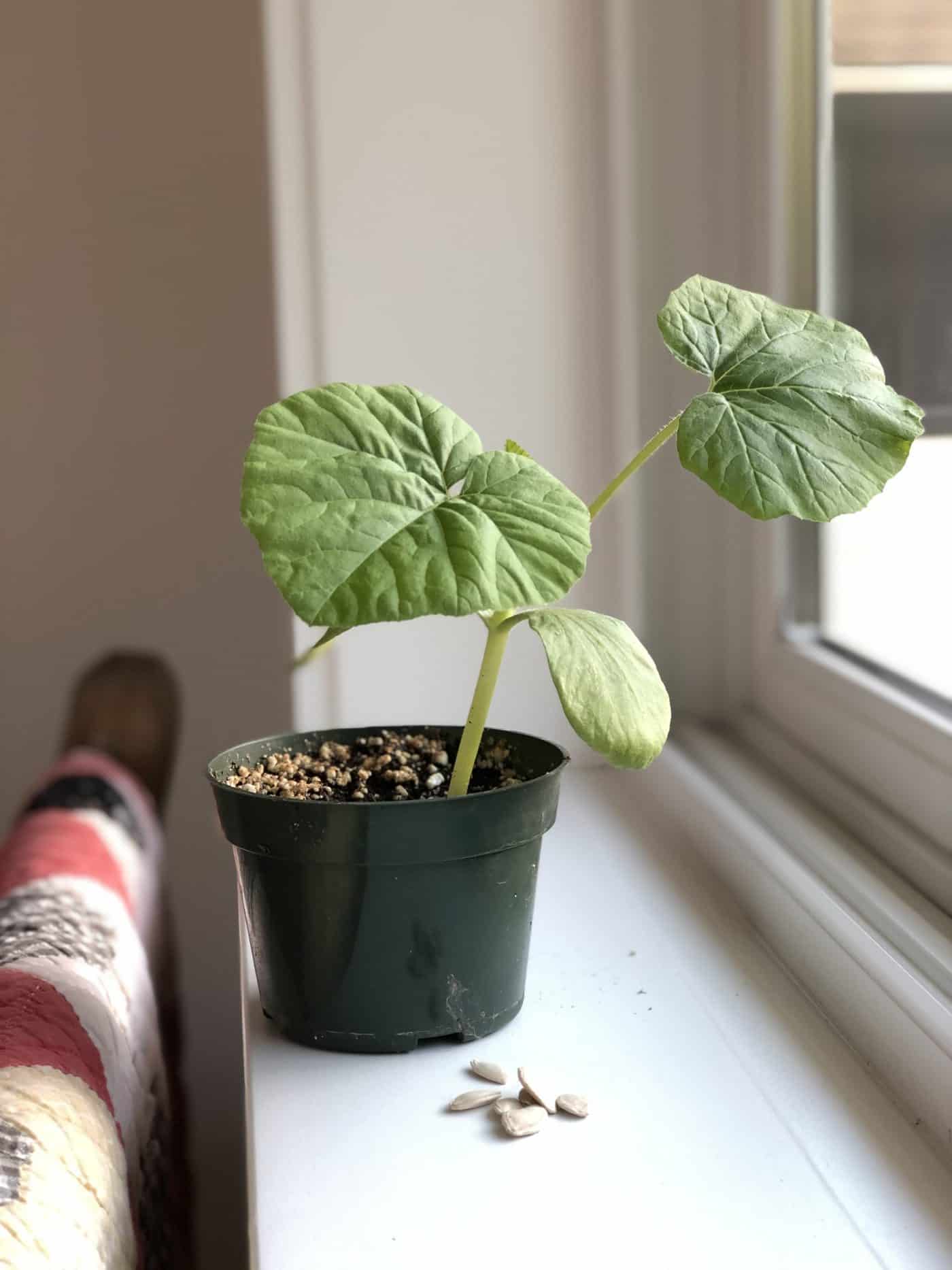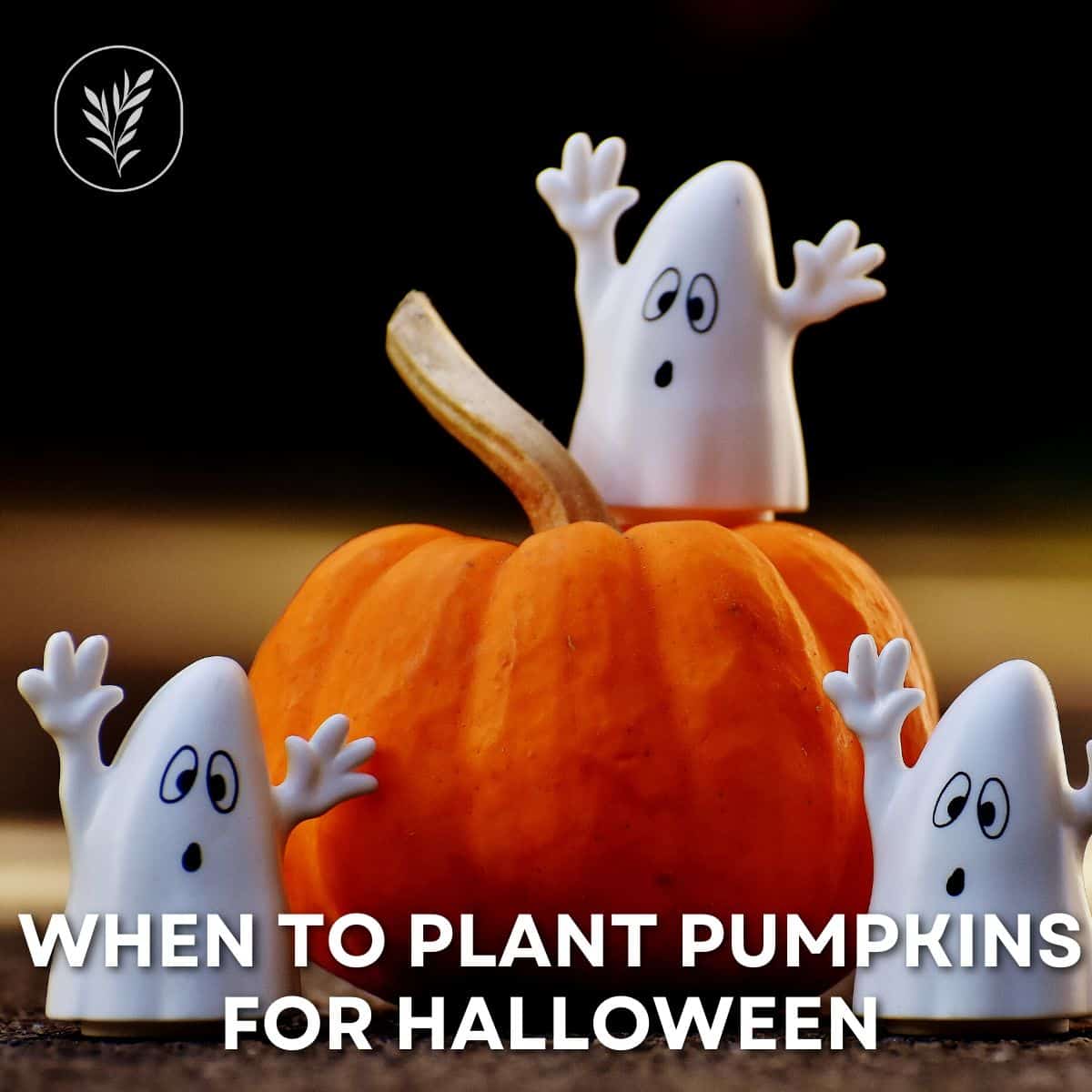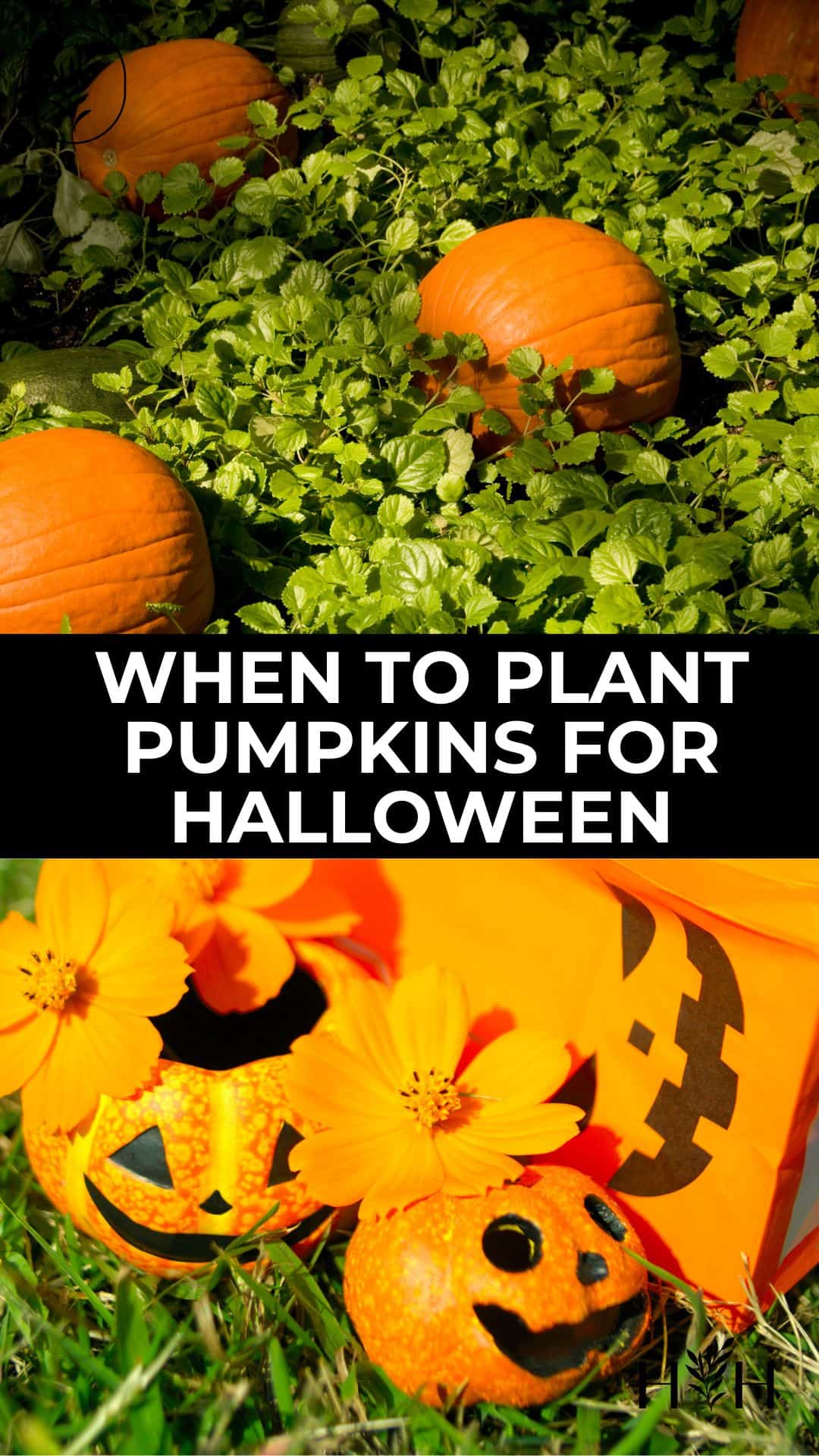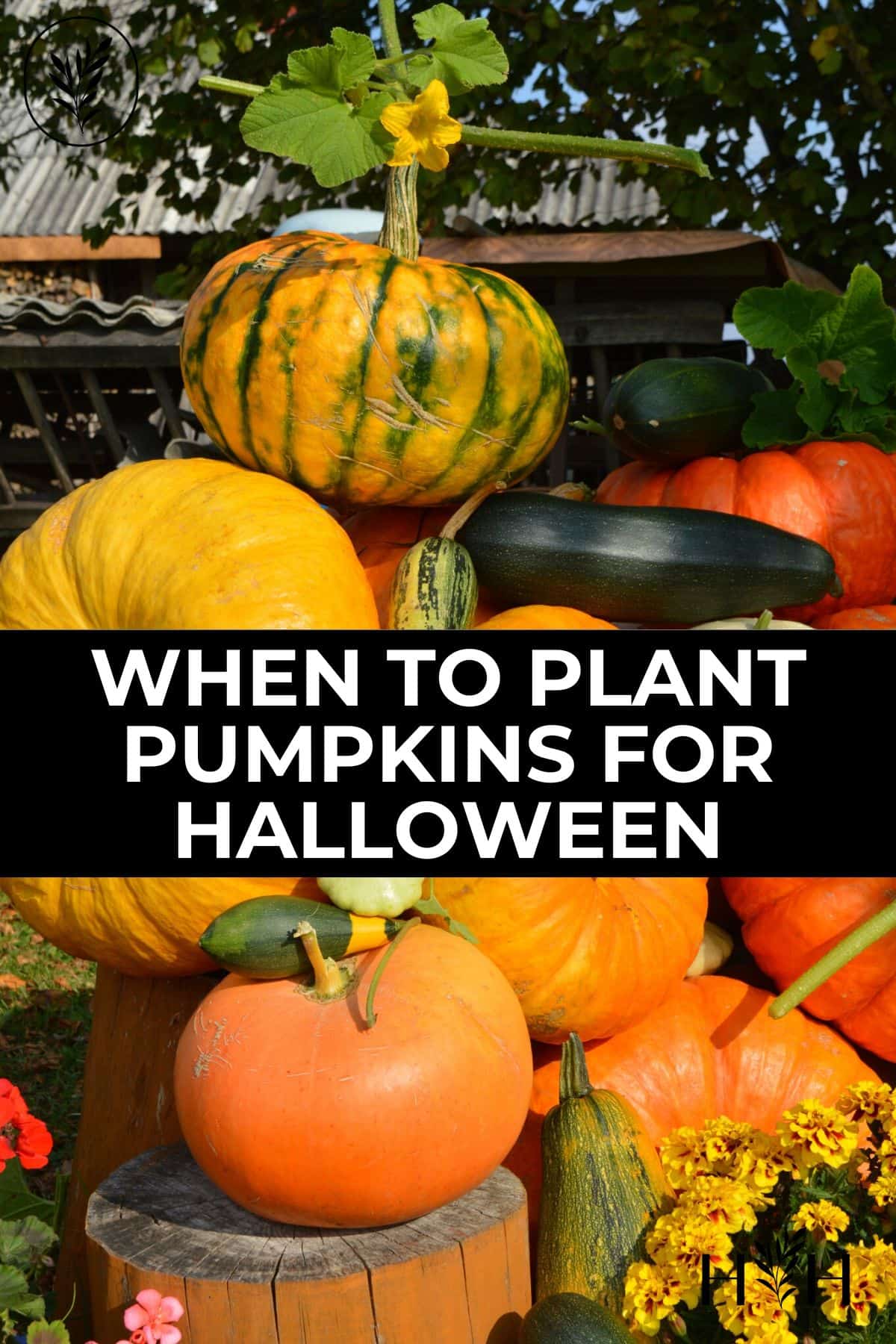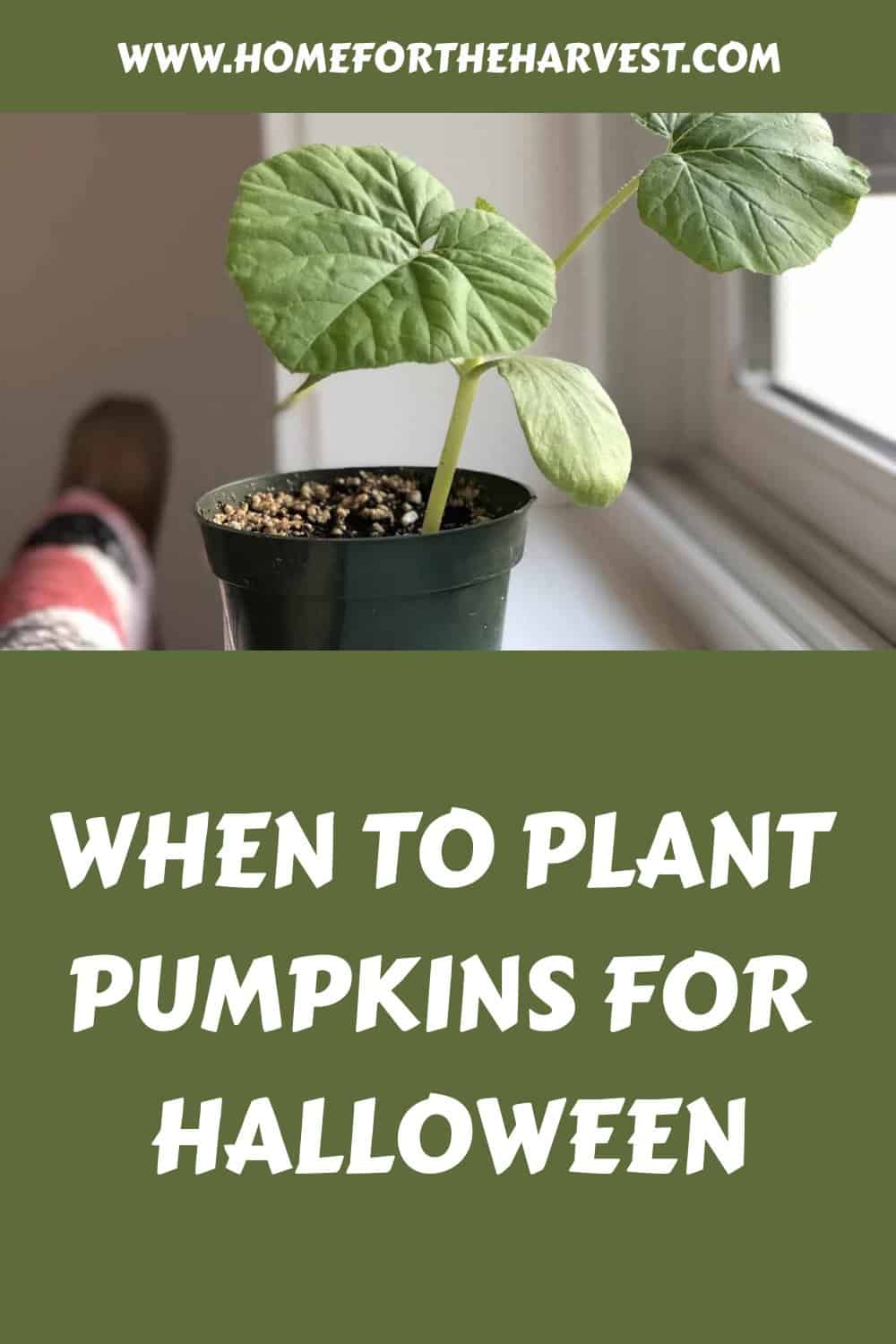Plant pumpkins for Halloween during the month of June in most climates. Pumpkin seeds can generally be planted from late May through to early July for an October harvest.
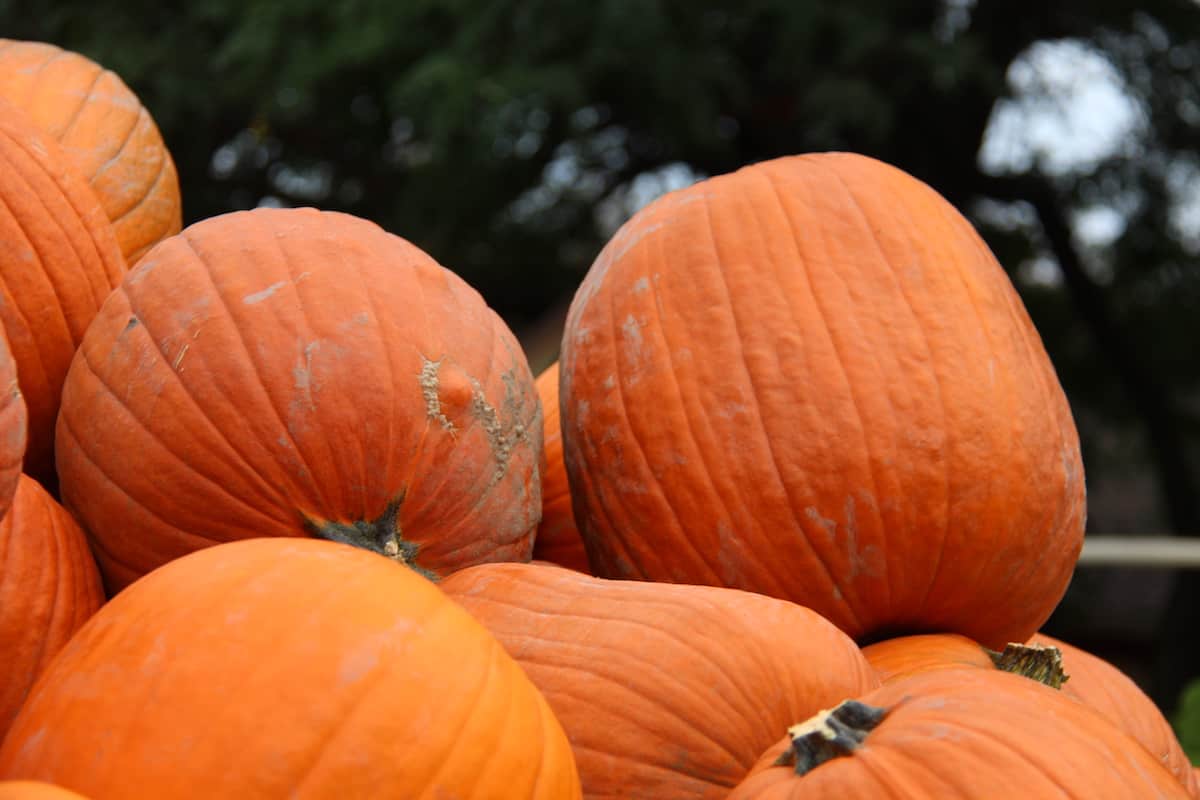
When to plant pumpkins for Halloween
It’s key to have your pumpkin crop ready in October! In general, pumpkins take 3-4 months to grow from a seed into a plant with several mature pumpkins on it. Larger pumpkin varieties take longer to grow than smaller varieties.
In most climates, if you want your pumpkins to be ready for Halloween, this timeline means planting your pumpkin seeds in June. Gardeners in the Northern States and Canada may benefit from an extra few weeks of growing time, which means planting the pumpkin seeds at the end of May. Gardeners in southern states can generally plant pumpkin seeds as late as the first weeks of July for an October harvest.
Check the seed package for the expected maturation period length. Big varieties like some heirloom pumpkins might take 120 days to grow, versus more like 80 days for mini pumpkins. Note that it is still possible to plant pumpkins in July (especially in the south) – they just might be smaller. If it’s already the first week of July, consider buying seedling plants instead of growing the plants directly from seed. The pumpkins might not be the biggest, but hey, that’s ok! I’ve grown mini white pumpkins starting in mid-July.
Learning when to plant pumpkins so they’ll be ready for Halloween is just scratching the surface. In fact, plenty of things can go wrong if you don’t know how to manage the entire process.
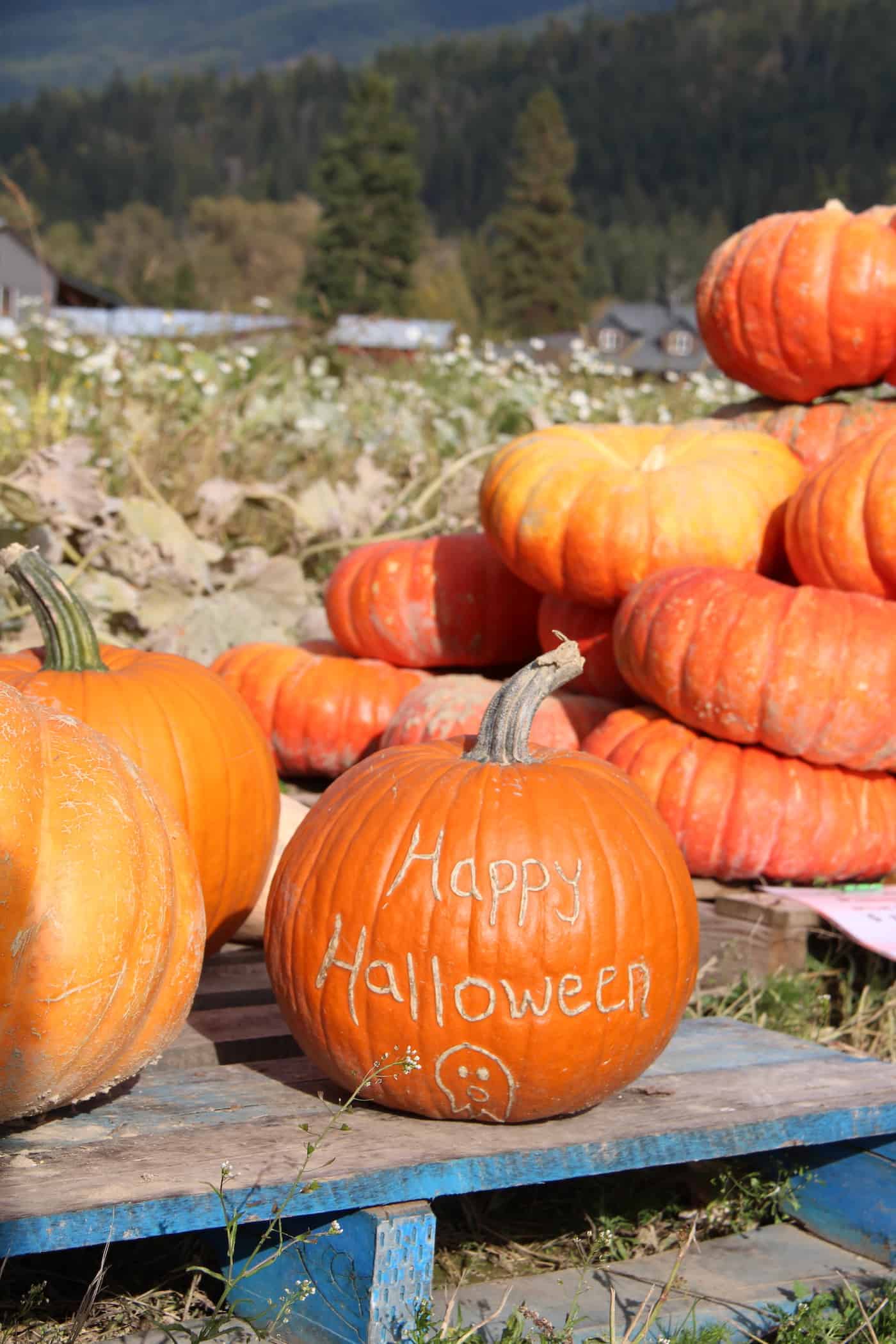
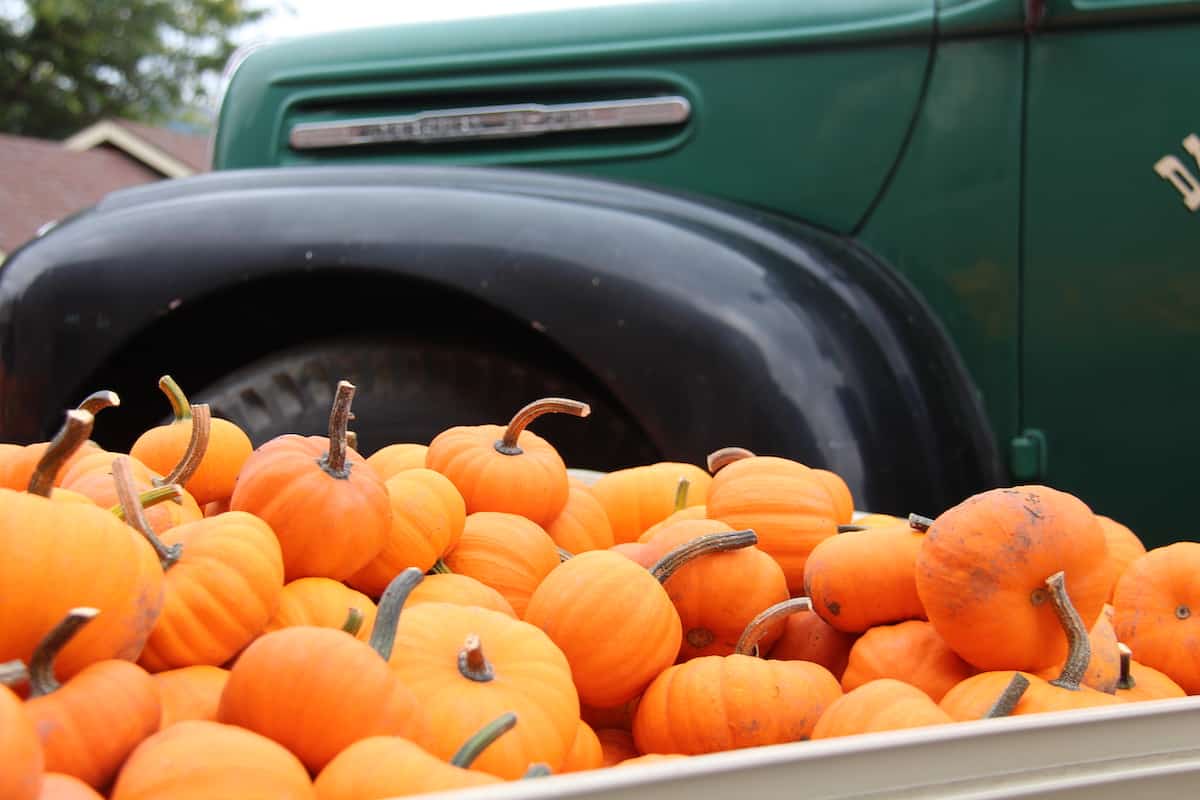
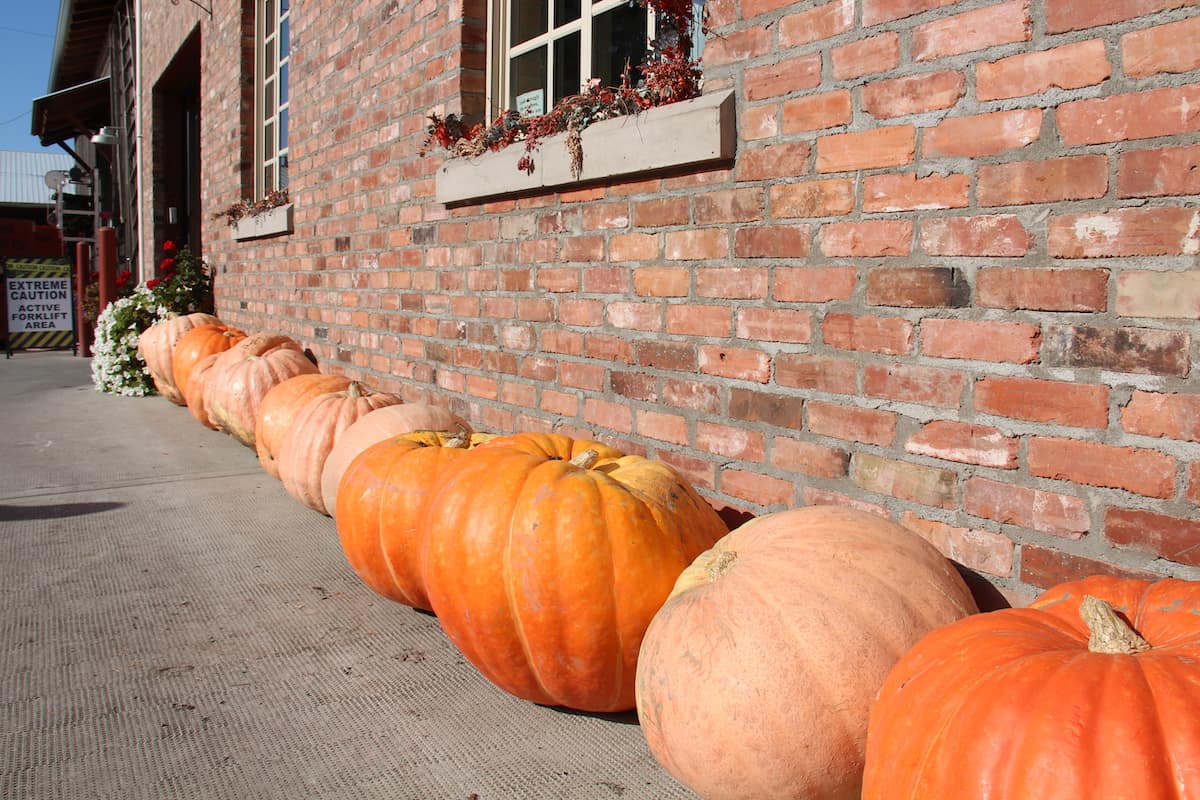
Choosing pumpkin seeds
Buy ready-to-plant seeds from your local plant nursery or garden store.
It’s highly unlikely that you will need all the seeds, so it’s best to make some seed selections. What you want to pick out are the big-sized seeds as they are the ones that have a higher chance of growing bigger and flowering.
Keep in mind that there are plenty of varieties of pumpkins (like these gorgeous Cinderella pumpkins). The popular ones are Autumn Gold, Dill’s Atlantic Giant, and Casper. Autumn Gold is excellent for carving Jack-o-Lanterns. Dill’s Atlantic Giant is primarily chosen if you want to grow giant pumpkins. Lastly, Casper is the go-to option if you wish for all-white pumpkins. Casperita is a mini white pumpkin variety.
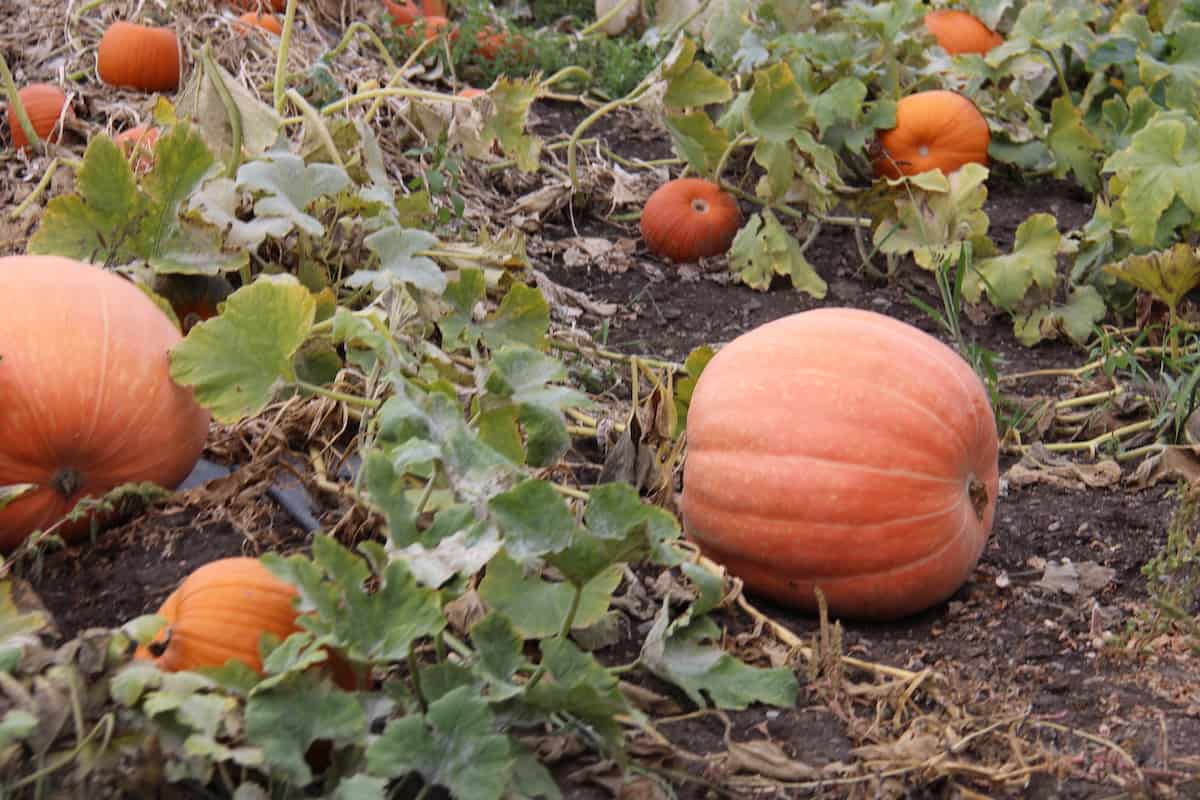
Caring for your planted seeds during the growing period
The things that you should be on the lookout for when caring for your pumpkins are weeds, insects, and pests. Also, you’d want to be more vigilant during the early parts of the growing phase, as these are the times when the pumpkins are more susceptible. A good organic fertilizer can also be helpful.
You have to be diligent in watering your pumpkin plants since diseases may easily afflict the vines. The best time to water is generally in the morning. This is especially true during summer months when afternoon temperatures get quite high. Adding organic mulch around the perimeter of the pumpkin is also highly advisable as it helps in keeping the pumpkins stay hydrated.
When you notice pumpkins are starting to form, you can encourage the plant to direct its remaining lifespan into producing pumpkins rather than growing lots of vines. Do this by pinching off the ends of the vines. Vine pruning is an important step not only for space management but also allows the plant to focus on the pumpkin.
Here is a detailed article all about how to grow organic pumpkins.
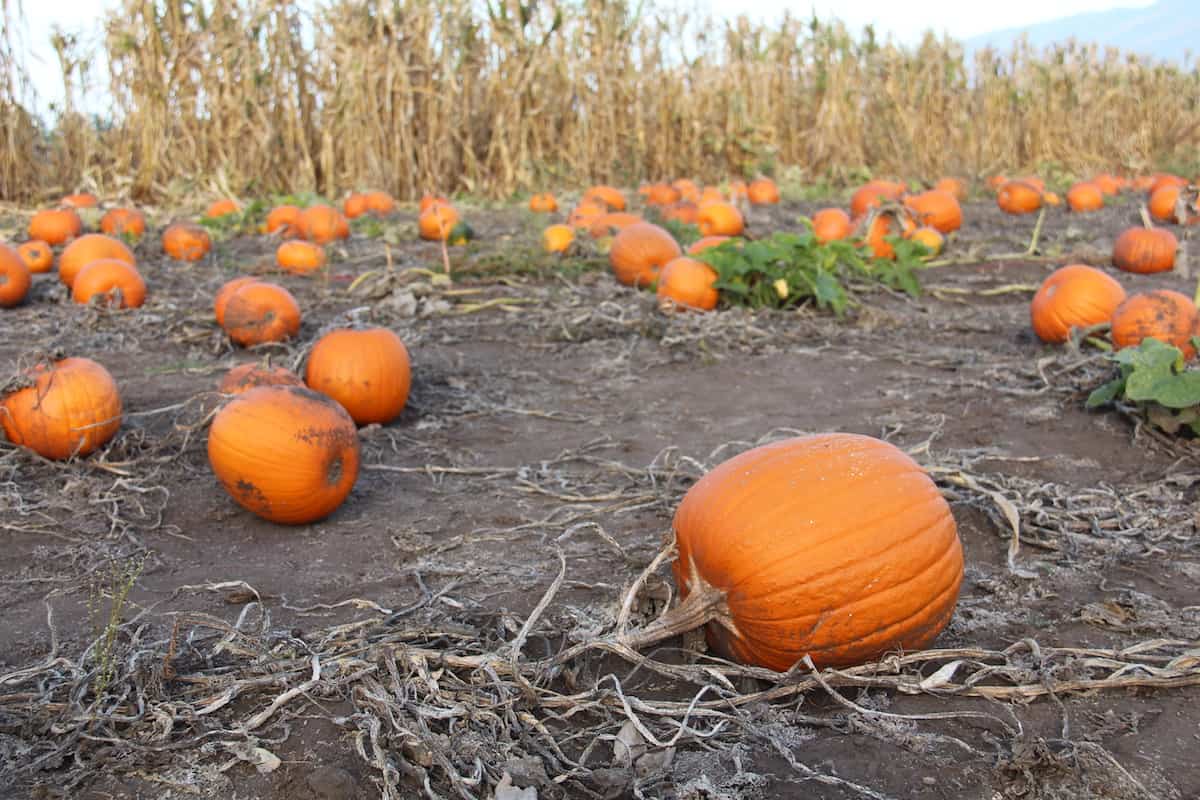
Harvest season for pumpkins
A single pumpkin season will typically range between seventy-five to one hundred days. A few weeks prior to harvesting, remove any leaves that are shading the pumpkins on the plant. By doing so, your pumpkins will have more color.
You’ll generally know when the pumpkin is ripe for harvesting when the color has developed and the skin is hard when you touch it. The stem is another good indicator that the pumpkin is ready for harvest. Observe the pumpkin stem on a regular basis, watching for it to become shriveled and dry.
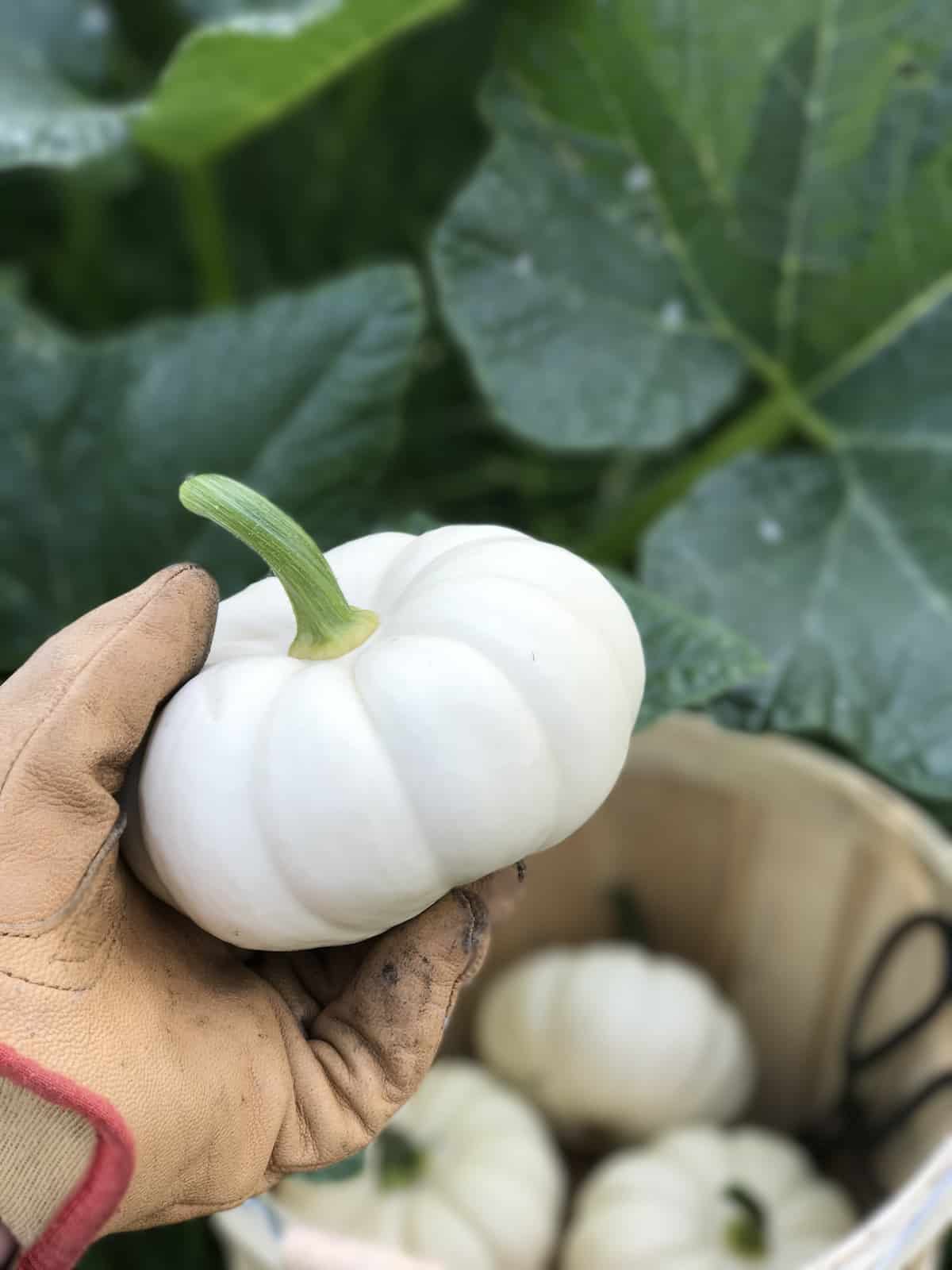
When it’s finally time to harvest the pumpkins, it’s advisable that you wear gloves. However, the most important part here is to leave a bit of a stem on the pumpkin. Leave at least one inch of stem, and consider leaving a few inches on medium and larger-sized pumpkins. If you cut the stems too short, there’s a good chance that storability will shorten.
Finally, place the pumpkin under the sun for about ten to fourteen days so it will harden and adequately ripen. This is a great time to display your pumpkin on the front porch! For instance, it could be kept whole on the front porch for a few weeks during the month of October and then carved in time for Halloween. Pumpkins that aren’t ready to be picked until the end of October can be picked and carved fresh, or displayed whole and then used for Thanksgiving pumpkin pies.
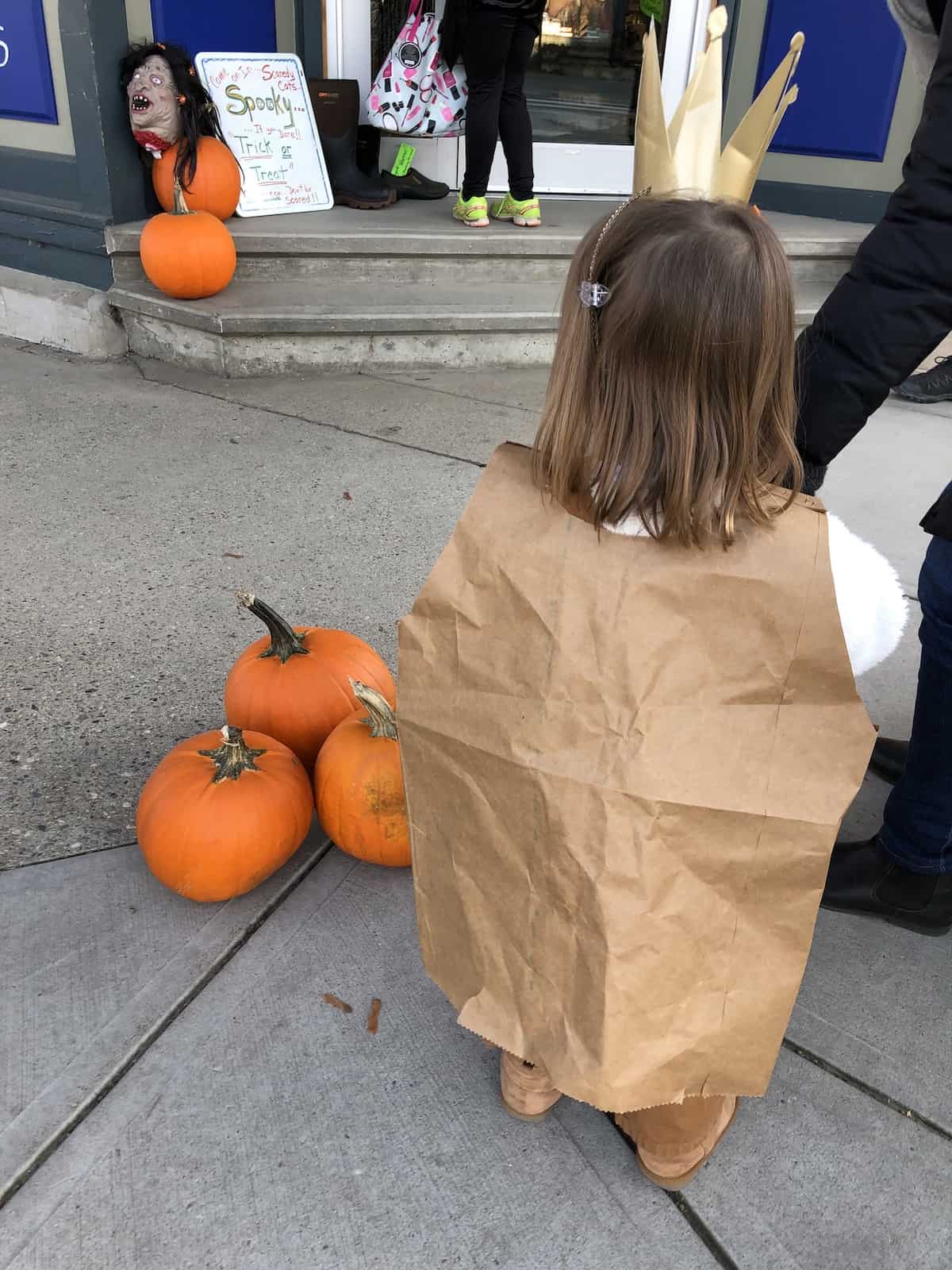
Understanding pumpkin plant scheduling for Halloween decor
Generally, pumpkins will take around three to four months to grow. So the best time to plant them so they will be ready for October is around June for most areas. If you are a bit late, then it’s still possible to start planting them during July if your area is in the south. Otherwise, you may have to buy a seedling plant. Lastly, larger pumpkin varieties will take more time to mature, so plan accordingly.
